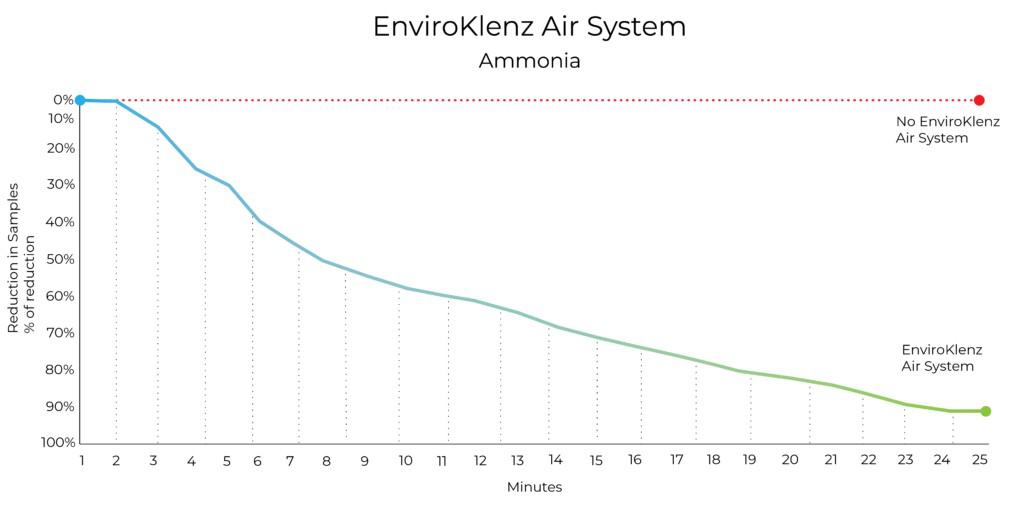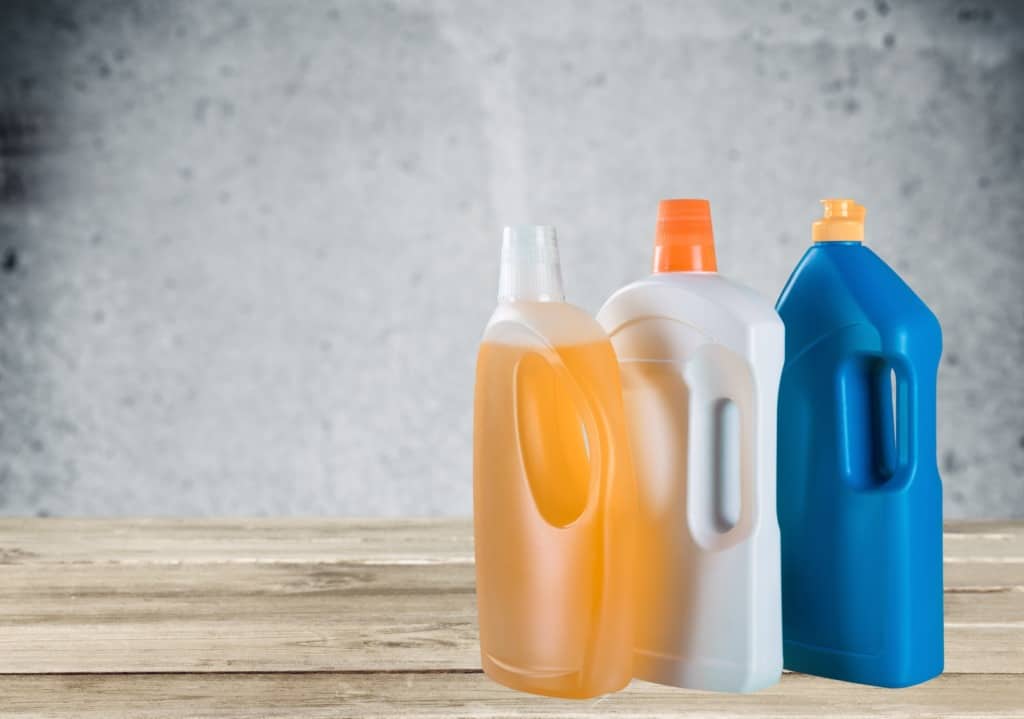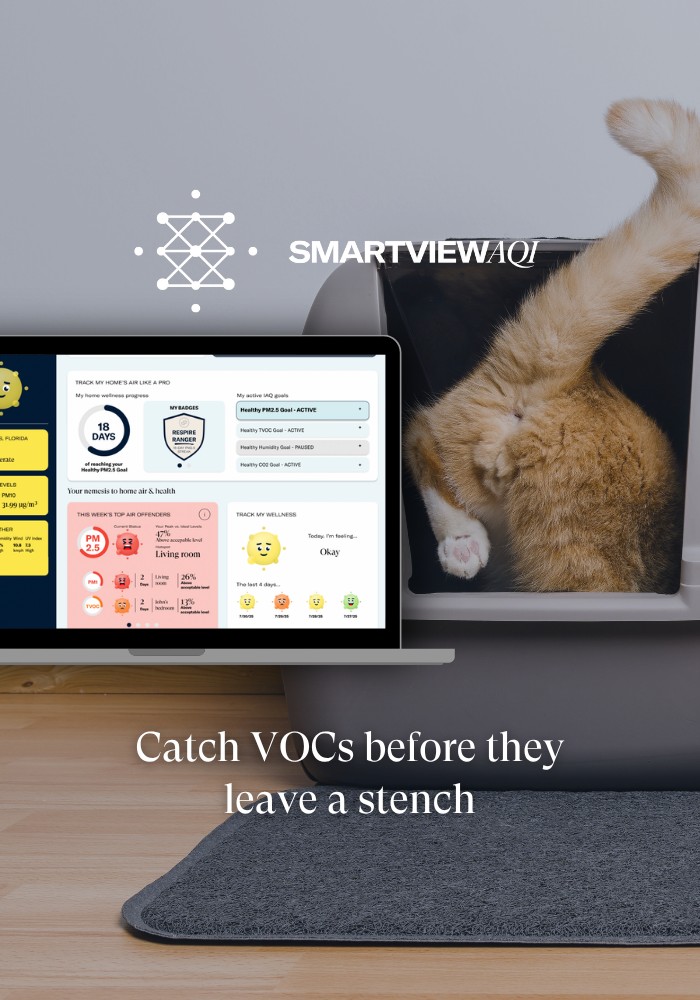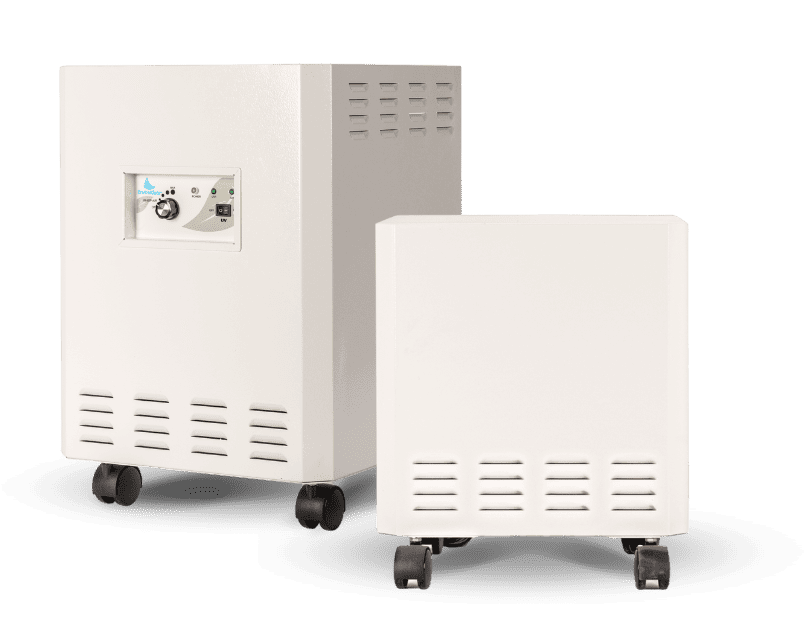Have you ever stopped to think about the various different chemicals and pollutants that enter into your home’s environment each and every day? It may be alarming to learn of the many different items that you use on the day-to-day that are emitting and tainting your home’s air upon its release of toxic pollutants into the environment. Among the household items that add to the pollution inside your home, the most hazardous items could include household cleaning products, cooking emissions, new furniture that releases VOCs, and a number of other items that can release potentially toxic chemical pollutants into the air.
Volatile organic compounds (VOCs) are organic chemicals that have a high vapor pressure at ordinary room temperature. VOCs include a variety of chemicals, some of which may have short and/or long-term adverse health effects – and these chemicals can be found in high concentrations in indoor environments like a home. These potentially hazardous chemicals are widely used as ingredients within various household products including paints, varnishes, cleaning disinfectants, cosmetics, and adhesives used in the construction of new furniture. One of the most common VOCs that is found within homes is a hazardous chemical known as Ammonia.
In this article we are going to discuss the adverse impact the chemical Ammonia has on an indoor environment and learn how you can get rid of that strong ammonia smell in your house.
Why Do I Smell Ammonia in My Home?
Ammonia is a chemical identified by its corrosive nature that can produce a distinctive odor into any area where the chemical is found in moderate levels in the environment. This colorless gas has the potential to be released within a home from a number of different sources, and this will occur unknowingly leading to an amalgam of different health hazards that can strike those inhabitants of the indoor environment.
When it comes to exposure to this hazardous gas, the most common route of exposure is through breathing in air that is contaminated with this colorless gas. Large amounts of ammonia have been known to be produced from farms and other industrial areas that release high levels of ammonia into the air. Farms, in particular, are prone to the emission of ammonia through the animal waste storage that hosts ammonia within its concentration, as well as from the fertilizer used throughout the farm land. However, household environments can also be plagued with ammonia emissions within their personal indoor space – this will occur from a number of sources including household cleaners, refrigeration units, fertilizers, and other different chemical sources confined in the indoor space of a home.

What Causes Ammonia Odor
If you have recently detected a noticeable change to your home’s odor that doesn’t seem to go away, this may be the cause of an accidental leak or release of ammonia into the air from certain items in the home. The detection process of locating ammonia in a home can be somewhat of a daunting task due to its colorless appearance, and therefore your nose is the most useful method for identifying a potential ammonia release within your personal indoor environment.
The major sources of ammonia emissions in a home comes from the following sources found in this indoor space:
- Cat Urine: Did you know that ammonia is a byproduct of a wide variety of pet waste, including cat urine? Surprisingly, cat urine contains high levels of urea, which is an ammonia compound that will produce a strong smell into the air following your cats visit to the litter box. It is important to frequently change out your cat’s litter to minimize ammonia smell and the overall emission of ammonia into the air.
- Household Cleaners: A number of cleaning products that many households use on a daily basis contain ammonia as an ingredient in at least one of their cleaning agents. The unfortunate truth is that ammonia is a commonly found ingredient in household chemical cleaners and it will result in the emission of ammonia and its odor into the home. It is necessary to research the ingredients that are used in your cleaning products, to ensure that they are all safe and nonhazardous to the environment and the health of those in this indoor area where the cleaning agent is used.
- Leaking Refrigerant: A household refrigerator that was manufactured recently – within the last few years, utilizes Freon as a coolant, however, older models store ammonia as a coolant rather than Freon. Therefore, those homes that house an older model refrigerator need be wary of a potential release from leaking refrigerant ammonia from the fridge.
How Does Ammonia Smell?
The presence of ammonia traveling within the air you are breathing inside of your home can be followed by a strong, pungent odor that is produced from this hazardous chemical gas. It has been said that the strong smell released from ammonia is an unmistakable odor that will be immediately recognized in the air upon exposure to the chemical. The smell is distinctively composed of a chemical smell that will cause a reaction in the nose or throat when it is inhaled/ingested into the human body.
Ammonia odor is detectable in the air when it reaches a level of 5 ppm or higher. Therefore, it is not uncommon to begin smelling ammonia before it reaches higher concentrations in your home.
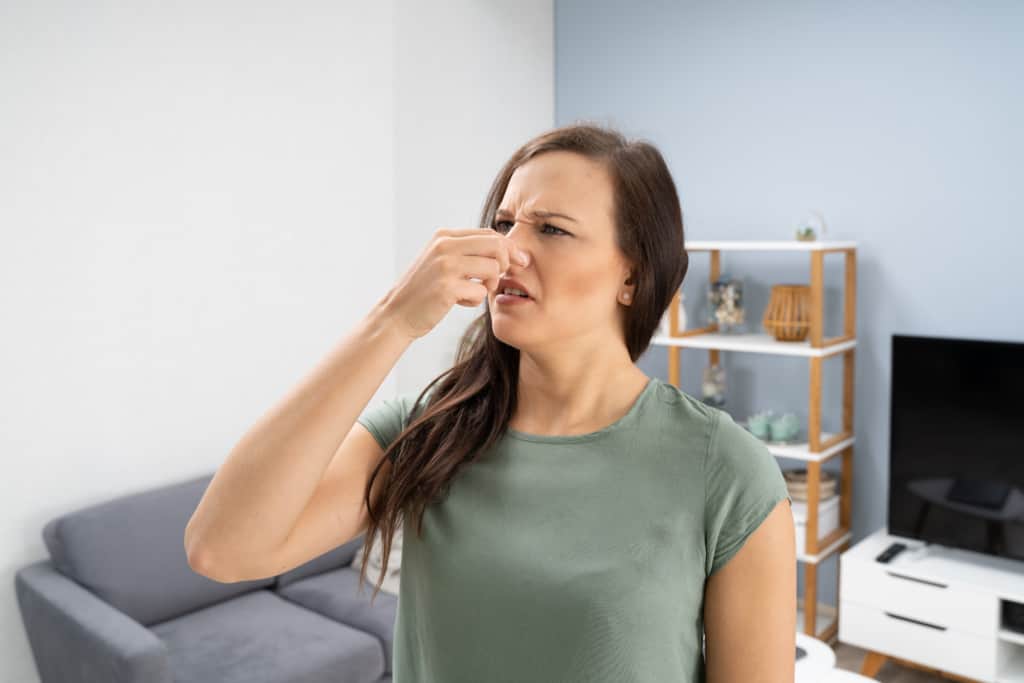
How Long Does Ammonia Smell Last
You may be curious about the duration of time the smell of ammonia will last for in your home, but this will depend on a number of factors present in the environment. The ammonia smell can last for a long period of time in an environment where there is little to no ventilation, and where there has been a large quantity of ammonia released into the air. The more ammonia in the air, the longer it will take to dissipate or be flushed out of the environment – and when you add poor air flow and ventilation to this area it will exacerbate the smell of the ammonia further.
Ammonia Smell in House: What Neutralizes the Odor?
If you have determined that ammonia is present in your home, it will be necessary to learn the best method to properly implement to neutralize and remove the ammonia odor from the air of the home. Over the years there has been a number of neutralization methods that have been used on ammonia including vinegar, baking soda, and hydrogen peroxide – however, these methods are simply only effective when it comes to removing ammonia from the surface, rather than removing it from the air space in your personal indoor environment.
What can you do to neutralize the odors produced from ammonia in your home’s air?
How to Neutralize Ammonia in the Air
The EnviroKlenz Air Purifier is your solution to removing a broad spectrum of VOCs, noxious odors, and a list of other airborne pollutants from the air of your home – through the use of a patented earth mineral technology. Unlike other air systems currently offered, the EnviroKlenz Air Purifier is in a class of its own, this voc air purifier is capable of broad-spectrum removal without releasing harmful chemicals, byproducts, or masking agents into the air. The EnviroKlenz patented earth mineral technology works to break down and/or neutralize airborne pollutants in the air, completely eliminating the pollutant rather than storing it on a media filter. Along with this patented technology, the air system also uses a hospital-grade HEPA filter for particulate removal larger than 0.3 microns in size at a 99.97% efficiency.
When it comes to the removal of ammonia from the airspace, the EnviroKlenz Air Purifier is able to break down the ammonia in the air, and it does so more effectively than other competing air purifier technologies

EnviroKlenz Air System Vs. Ammonia
In the chamber study below, ammonia was released in an environmental chamber under ambient conditions. The various air systems and technologies were remotely controlled to not disturb the environment. The EnviroKlenz Air System rapidly adsorbed the ammonia gas from the air. The IQAir system which utilizes a significant amount of an activated carbon did remove the ammonia from the air, but since carbon is not reactive, there is the potential for it to be released back to the atmosphere with changes in temperature, pressure, and or humidity levels. The bare carbon filter had minimal absorption of the ammonia. The Blue Air purifier utilizes HEPA filtration and only some physical absorption of the ammonia on the HEPA filter media was observed. The Molekule system did not remove or breakdown the hydrogen sulfide in the test.
